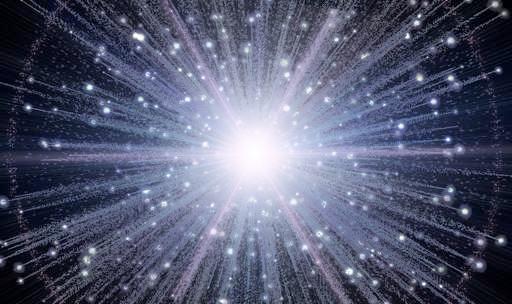Scientists Announce "Big-Bang Breakthrough"
2014.03.18

This latest development could be a major discovery for understanding the origins of the universe. The discovery were made through a Background Imaging of Cosmic Extragalactic Polarization 2 telescope based at the South Pole, which detected a faint glow left from the Big Bang as well as tiny fluctuations. Stanford's Chao-Lin Kuo, who designed the telescope detector, explained it as:
"The swirly B-mode pattern is a unique signature of gravitational waves because of their handedness. This is the first direct image of gravitational waves across the primordial sky,"
The detection of these B-modes (twisting in the polarized orientation of ancient light) serves as the first direct evidence of cosmic inflation, a theory first proposed in 1979 by MIT physicist Alan
Guth that suggests the universe rapidly expanded
within the first fraction of a second of the Big Bang around 14 billion
years ago. [Scientific American]
More Articles
Copyright © Fooyoh.com All rights reserved.